G4 🌿Barcenilla, John Mark 🌿Datuwata, Zaena 🌿Aray, Jason 🌿Gigue, Christine 🌿Egpalina, Maylen 🌿Tanguamos, Agnes 🌿Oraiz, Alinor 🌿Abbas, Raihaniza 🌿Baltazar, Sandra 🌿Bongcawel, Isnaida 🌿Alig, Jonel
Don't wanna be here? Send us removal request.
Text
Welcome to our blog, this is greenthingsdaily and we are here to share information about a timely topic, Climate Change. Our purpose here is to be a social catalyst, to influence others by spreading awareness and taking actions against Climate Change. We encourage everyone to open our minds and conduct necesarry steps that will make progress in mitigating Climate Change. Let us make our world greener again. Now is the best time to take action because if not now then when?.

0 notes
Text
Vase made out of recycled plastic
by: Christine Gigue
Both climate change & improper waste management are becoming more serious issues around the world, it's critical to understand how these two major issues interact. Recycling helps the climate crisis reduce the amount of raw materials use and the amount of waste that goes into landfills.
Recycling is one of the best things we can do to help mitigate climate change. Today, I'll give you some quick steps of making a product that is earth-friendly and made from a recycled material. I present to y0u today a vase made of plastic!.
Decorative vases for your flowers can be expensive and fragile. Fortunately, making your own vases is easy!. For one option all you need are a pair of scissors and an empty plastic bottle. Making a vase out of used plastic bottles is a fun and environmentally-friendly activity that allows you to decorate your home with bouquets of beautiful flowers.
Here are the steps in making our recycled vase:
Cut the top off any size plastic bottle just below where it curves inward.
Even out the top of the cut with scissors.
Cut strips 2 in (5.1 cm) down and 1⁄2 in (1.3 cm) apart around the bottle.
Fold the strips outward to open the bottle up.
Loop a strip over the strip next to it.
Tuck that strip underneath the next strip.
Work in that same pattern around the whole bottle.
Fill the bottle with water and flowers.

Recycling have a lot of benefits not just to us humans but also to our planet. It helps us become more innovative, creative and makes our life more aesthetic and earth friendly.
0 notes
Text
Reduce Consumption of electricity & water.
by: Asnaida Bongcawel
Climate Change has a big role to our planet and doing things that can harm the planet earth may cause big consequences. Nowadays we experience the consequences of our actions. To keep our mother earth healthy, we should do things to discipline ourselves by reducing the use of electricity and water to help our planet to be healthier.
Electricity is everything, most of us needs electricity because the technologies we use today relies on electricity. Cellphone is one of the technologies that we use everyday that needs electricity. Nowadays people have cellphones, electricfan or air-conditioner and TV that consume a lot of energy.
Imagine every households have an appliances that consumes energy and uses our electricity can be a waste sometimes. Reducing the consumption of electricity helps a lot. We can discipline our selves and practice to conserve it because some people for instance turn the lights on and not turning it off when they're done or turning the television on but still looking in the phone instead we should be practical to conserve it and we also have advantage of it we will pay less bill.
Reducing the consumption of water is very important also like conserving the energy. Water supply is a common problem in my area and I guess it's not just us here but for some places also. We humans should be practical in using our resources.
Do not use water too much even if its not needed. Water can be recycled or be used in a lot of things but not consuming a lot of it. When you finish your shower or bath you can use the water you already used to water your plants even after washing your clothes the water you use can also be used in watering plants. Let's be thrifty on electricity and water consumption sometimes, it's for our future anyway.
0 notes
Text
TREES FOR THE FUTURE
by: Mylen Egpalina
Planting a tree can be the simplest and easiest deed you can do to help our planet against climate change.
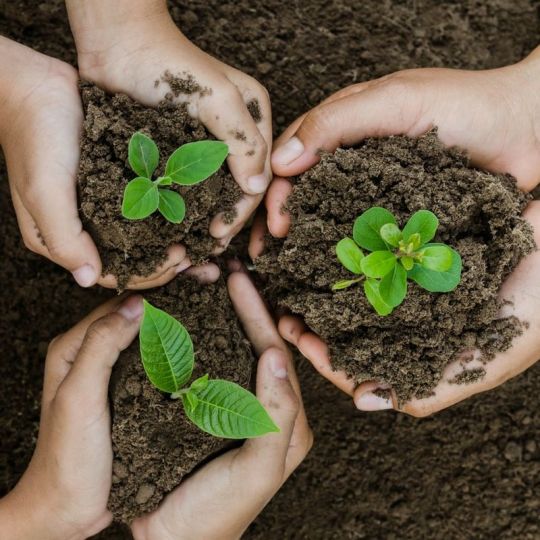
Preserve and conserve our environment. Trees help to clean the air we breathe. Through their leaves and bark they absorb harmful pollutants and release clean oxygen for us to breathe.
They help in fighting back climate changes by absorbing greenhouse gases which are the main cause of climate change. The roots of trees hold the soil in place as it fights erosion that causes landslide. It also absorbs and store rainwater that helps reduce runoff and sediment deposit after the storms and it also helps recharge ground water supply. Prevent, transport of chemicals into streams as well as prevents.
Trees have lots of benefits and tree growing is an essential way countries across the globe are doing to avert the harsh impact of climate change.
The sides of the the streets, parks and backyards. Trees are grown as it brings an aesthetic and peaceful environment that also brings natural elements and wildlife habitat into urban settings. It also deflects sunlight in the cities thereby reducing the heat island effect. Let's plant trees for a bright, better and healthy future.
0 notes
Text
STOP DEFORESTATION!
by: Raihaniza Abbas

The role of forests in combating climate change risks being overlooked by the world’s governments. That’s why a group of scientists say halting deforestation as urgent as reducing emissions.
Razing the world’s forests would release more than 3 trillion tons of carbon dioxide, more than the amount locked in identified global reserves of oil, coal, and gas. By protecting and restoring forests, the world would achieve 18%of the emissions mitigation needed by 2030 to avoid runaway climate change, and it is what the group of 40 scientists from five countries said.
We must protect and maintain healthy forests to avoid dangerous climate change and to ensure the world’s forests continue to provide services critical for the well-being of the planet and ourselves.
Trees and other vegetation currently absorb around a quarter of the CO2 humans are adding to the atmosphere, softening the potential impact of climate change.
While the world won’t lose all of its trees, large tracts of tropical forests, which hold a vast amount of carbon, are still being lost in the Amazon, central Africa, and Indonesia. Warming temperatures are also fueling huge fires in the forests in higher latitudes.
0 notes
Text
3R: Reduce, Reuse, Recycle
by: Sandra Baltazar
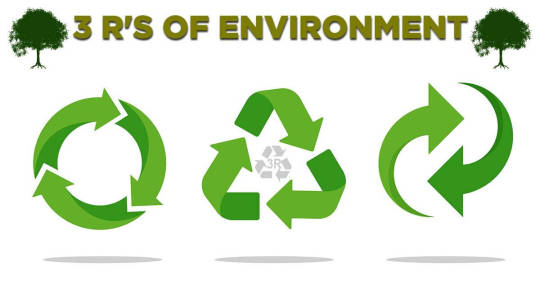
The principle of reducing waste ,reusing and recycling resources and products is often the "3Rs." Reducing means choosing to use thing with care to reduce the amount of waste generated. Reusing involves the repeated use of items or parts of items which still have usable aspects.
Reduce is reducing the amount of waste produce in the environment. For example using less plastic, carpooling with friends, etc. Reuse is reusing the commodities that will lead to less emission of waste in the environment.
Reuse is the action or practice of using an item, whether for it's original purpose conventional reuse or to fulfill different function creative reuse or repurposing. It should be distinguished from recycling, which Is the breaking down of used items to make raw materials for the manufacture of new products.
Recycling is the process of converting waste materials into new materials and objects. The recovery of energy from waste materials is often included in this concept. The recyclability of a materials depends on this ability to reacquire the properties it had in it's original state.
Conclusion 3R's is the most effective way to reduce the invironmental depletion due to toxic ways being emitted in large numbers. The result of less waste is positive for the invironment, human health and the economy.
0 notes
Text
"POLUTION" Its types,causes & prevention
by: Jason Aray
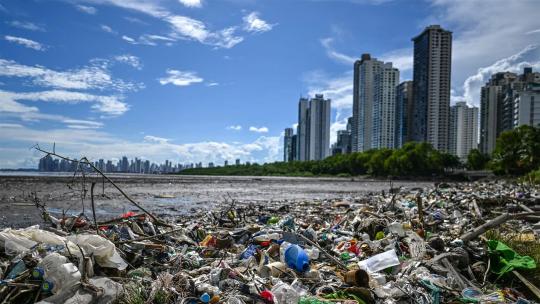
Pollution is the process by which harmful substances (called pollutants) are released into the natural environment. The list of pollutants includes volcanic ash, trash, chemicals released by industries, smoke, plastics, etc. With the advancement of technology and with new inventions, the lives of people have been made easier, but the irony is that these eventually end up polluting the atmosphere, thereby becoming a major threat to all living things which are a part of planet Earth.
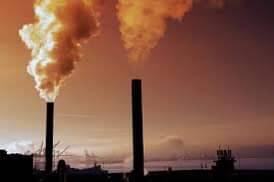

Types of Pollution
The major types of pollution include air pollution, water pollution and land pollution. Air pollution is the contamination of the atmosphere mainly due to smoke from vehicles, factories and forest fires. Water gets polluted when toxic substances like chemicals and plastic waste are discharged into the water bodies, and the process by which accumulated solid and liquid waste contaminate the soil and groundwater are referred to as land pollution.
PREVENTING AIR POLLUTION
If we change our consumption habits, this would have a drastic effect on our environmental footprint as well,” Diana Ivanova, one of the study’s authors, told Science Daily at the time.
Pollution prevention is often a matter of consumer choices. Products that are similar can have much different effects on the environment. The way you use products from your car to lawn care chemicals can significantly affect how much you contribute to air pollution. You need to avoid this photo if you want to avoid Air Pollution.
Preventing Water Pollution
Polluted runoff and storm water is considered one of the greatest threats to clean water in the United States. In urban and suburban neighborhoods, storm water and melted snow can’t easily soak into the ground. The water runs into storm drains, taking oil, dirt, chemicals and lawn fertilizer directly into streams, lakes and rivers.
Simple steps around the home make big a difference in reducing water pollution. Pick up pet waste, keep yard clippings out of storm drains and fix car leaks before the next big rain washes oil and other fluids into your local water supply.
0 notes
Text
Conduct proper waste disposal and recycle
by: Zaena Datuwata

Practicing proper waste disposal and recycling have a lot of benefits and it's very important. The waste disposal is a big problem as we can see in our surroundings both land and water can be polluted by us humans. Not having a proper knowledge about proper disposal of garbage can cause pollution.
The sea is where the fishermen get some fish for their daily needs and income in short the sea is the source of their living and the sea is also home of different kinds of fish which we consume everyday. The land is home of both humans and animals. If this we continue the improper disposal of garbage both humans and animals will suffer.
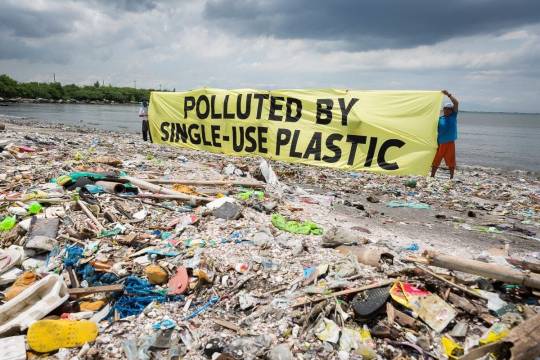
Throwing garbage anywhere might cause pollution to the area. To avoid damaging our natural resources we should learn to throw or dispose our garbage properly. We can do a lot of things to prevent it and making our surrounding clean.

The garbage or the plastic that you're buying always can be useful like cutting it into smaller pieces and put it in a recyclable bottle or even you can put the small pecies in a pillow case and it can soon be use as a pillow. Instead of using plastic bags when you shop or buy some groceries you can use a eco-bags to lessen the garbage. If you'll buy in a store with just small amount of oil, vinegar, and others you can just use or bring some recycled bottle to avoid use of plastics.
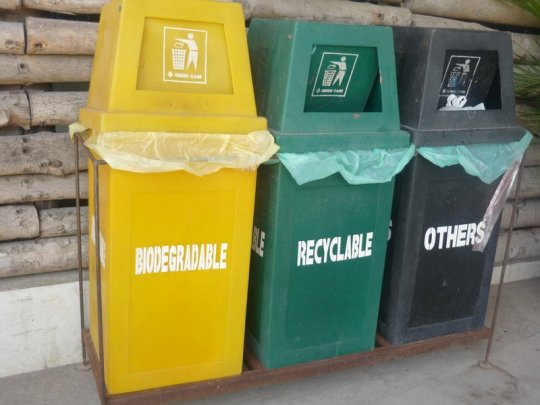
The Biodegradable is where you can put the garbage that can be decomposed, it also helps us to grow our plant healthier since it can be a fertilizer, example of the garbage that can be put in the biodegradable is the peel of fruits. The Non- biodegradable is the garbage that can't be decompose example of it is plasticbags. The Recyclable trash bin is were you can put the garbage that can be reused for example an empty bottled water.
0 notes